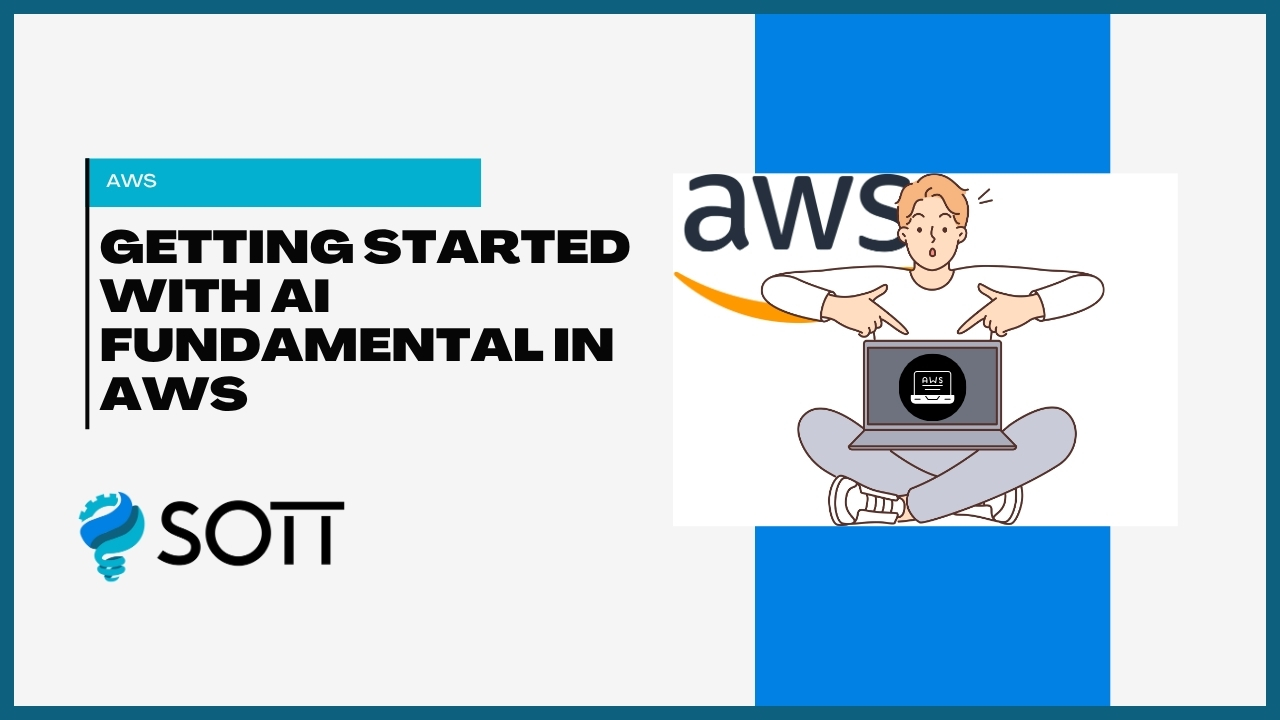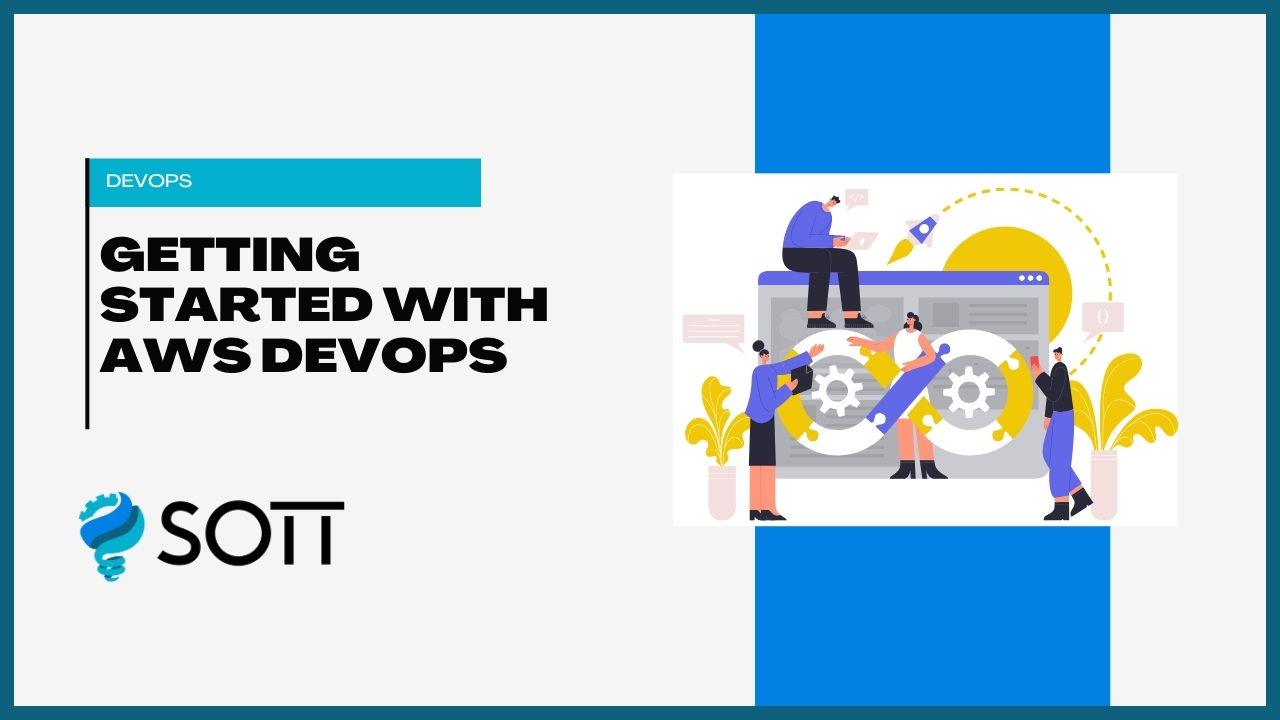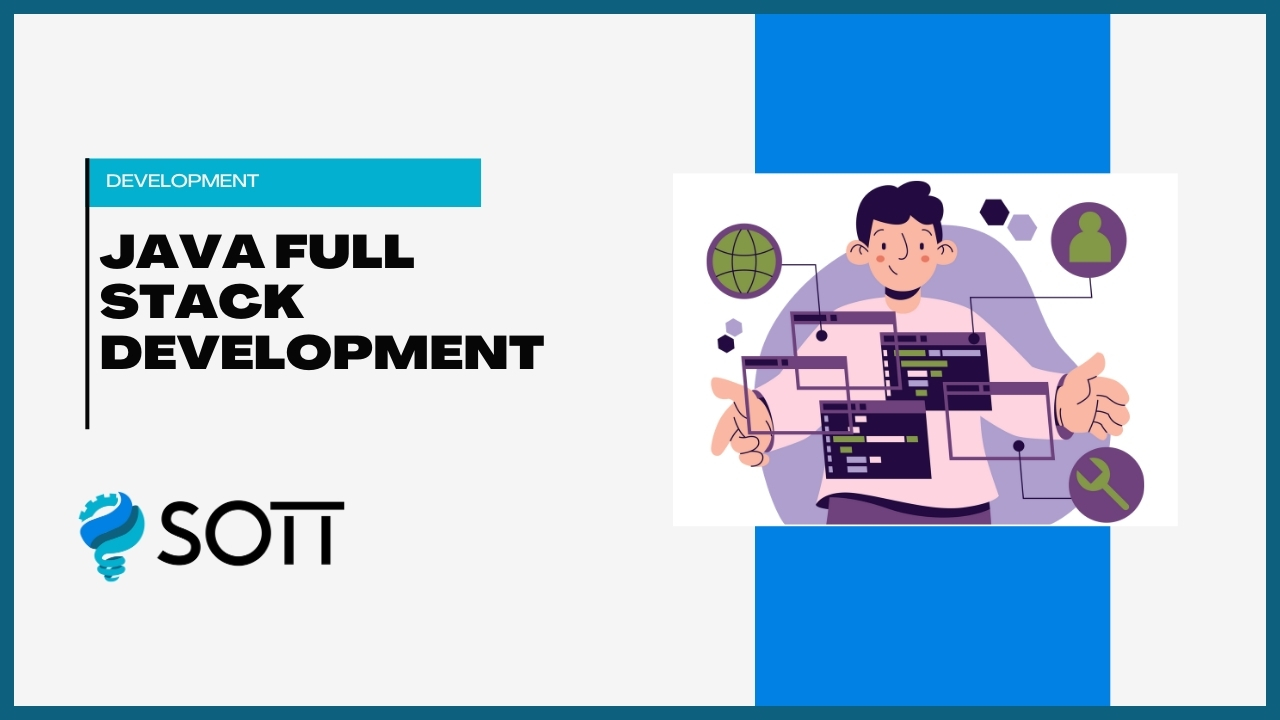Lesson 1: What is Data Science and Machine Learning?
Overview of data science and machine learning, applications, and impact.
Lesson 2: Machine Learning vs. Data Science
Key differences between data science (data extraction) and machine learning (algorithmic learning).
Lesson 1: Data Science Fundamentals in Python
Introduction to Python programming for data science.
Lesson 2: Essential Libraries: Numpy, Pandas
Overview of foundational data science libraries in Python.
Lesson 3: Python Advanced Techniques
Functions as arguments, list comprehensions, file handling, debugging, classes, lambda functions, map, and filter functions.
Lesson 1: Introduction to Pandas
Series and DataFrame data structures, querying, indexing.
Lesson 2: Data Manipulation Techniques
Merging, group-by operations, pivot tables, and DateTime functionalities.
Lesson 1: Introduction to SQL Concepts
Data modeling, normalization, ACID transactions, DML, DQL.
Lesson 2: Advanced SQL Techniques
Joins, window functions, data types, variables, and conditional structures.
Lesson 3: Integrating Python with SQL
Using Python to perform SQL operations for data analysis.
Lesson 1: Introduction to MongoDB and NoSQL Concepts
Understanding MongoDB, schema-less database concepts, installation, and basic operations.
Lesson 2: CRUD Operations in MongoDB
Insert, update, delete, projection, embedding documents, relationships in MongoDB.
Lesson 1: Basics of Probability Theory
Importance of counting, sample and event space, axioms, total probability, Bayes’ theorem.
Lesson 2: Discrete and Continuous Distributions
Bernoulli, Binomial, Geometric distributions, variance, expectation, uniform, exponential, normal distributions.
Lesson 3: Sampling and Simulation Techniques
Random sampling, using NumPy for simulations.
Lesson 1: Inferential Statistics Fundamentals
Sampling methods, population vs. sample, central limit theorem.
Lesson 2: Hypothesis Testing
Chi-square distribution, point and interval estimators, hypothesis testing techniques, assessments.
Lesson 1: Visualization with Matplotlib and Seaborn
Creating histograms, box plots, scatter plots, pie charts, stacked bar plots, line plots.
Lesson 2: Data Visualization with Plotly Dash
Setting up Plotly Dash, core components, style customization, adding interactivity with callbacks.
Lesson 3: Advanced Data Visualization Techniques
Techniques for creating complex visualizations like heatmaps, pair plots, and geospatial maps using Python. Introduces custom styling, animation, and interactive data visualizations for in-depth data exploration.
Lesson 1: Data Cleaning and Preprocessing
Handling missing data, encoding, outlier detection, data transformation.
Lesson 2: Image and Text Data Analysis
Basics of image and text processing, pixel manipulation, text cleaning, exploratory data analysis.
Lesson 3: Feature Engineering and Data Transformation
Introduction to feature engineering techniques to enhance data quality, including feature scaling, normalization, binning, and creation of interaction features. Discusses transformation techniques for optimizing data models and improving machine learning performance.
Lesson 1: Introduction to Machine Learning Concepts
Overview of machine learning types, applications, and evaluation metrics.
Lesson 2: Supervised Learning - Regression and Classification
Regression, feature selection, model interpretation, regularization (ridge and lasso).
Lesson 3: Supervised Learning - Classification Techniques
Classification metrics, logistic regression, k-nearest neighbors, decision trees.
Lesson 4: Ensemble Techniques
Bagging, boosting, random forests, gradient boosting.
Lesson 1: Introduction to Clustering and Dimensionality Reduction
Market Basket Analysis, K-means clustering, and their applications in business.
Lesson 1: Introduction to NLP Concepts
Syntactic analysis, tokenization, part-of-speech tagging, lemmatization, and stemming.
Lesson 2: NLP in Practice
Semantic analysis, word sense disambiguation, sentiment analysis, text extraction techniques.
Case Study 1: Credit Card Fraud Detection
End-to-end project on fraud detection using machine learning models.
Case Study 2: Airline Customer Segmentation
Customer segmentation analysis to understand customer profiles.
Case Study 3: Product Recommendation Engine
Building a recommendation system based on user behavior and preferences.

- CategoryData Science
- LevelFor All
- Duration12 weeks
- Available SeatsUnlimited
Course Key Highlights
Real-Time Experts
Learn from industry experts with real-time experience.
Placement Support
Get assistance in securing your dream job with our dedicated placement support.
Live Project
Work on live projects to gain hands-on experience.
Certified Professional
Become a certified professional with industry-recognized certification.
Affordable Fees
Get the best quality education at affordable fees.
Flexibility To Assist
Flexible learning options to assist you in every way possible.
No Cost EMI
Pay your course fees in easy installments with no cost EMI.
Free Soft Skills
Develop essential soft skills along with technical knowledge.
Popular Questions to Ask Before Choosing a Course
SOTT courses include comprehensive video lessons, hands-on projects, downloadable resources, and live mentorship sessions. Our curriculum is designed to provide you with all the tools you need to succeed in your chosen field.
No, SOTT courses are designed to be flexible. You can start learning whenever it suits you best, and you have lifetime access to the course materials to learn at your own pace.
To take a SOTT course, simply enroll in the course of your choice, and you will have access to all the lessons, resources, and mentorship opportunities available. You can learn from any device, at any time.
Yes, upon completing a SOTT course, you will receive a certificate of completion, which you can share with your network and use to showcase your newly acquired skills to potential employers.
If you need help, you can reach out to our support team or connect with your course mentor for guidance. We are here to ensure you have the best learning experience possible.




